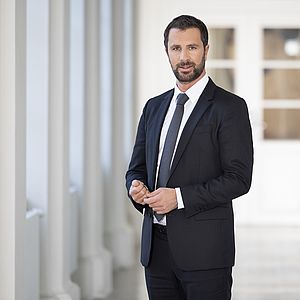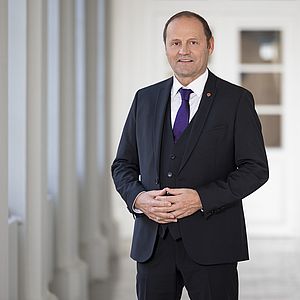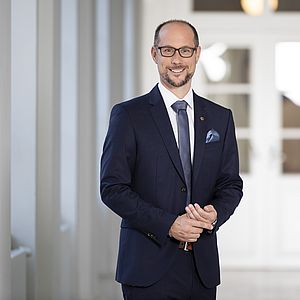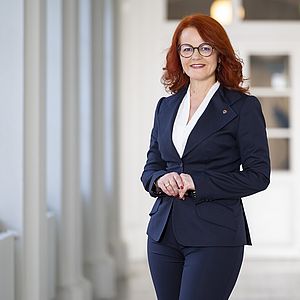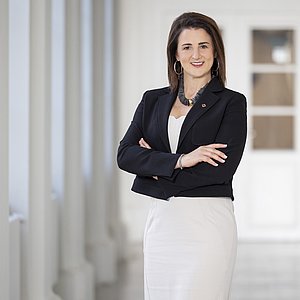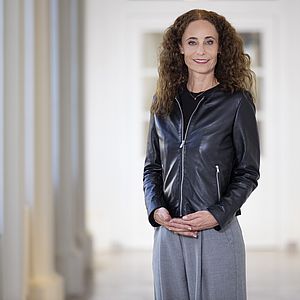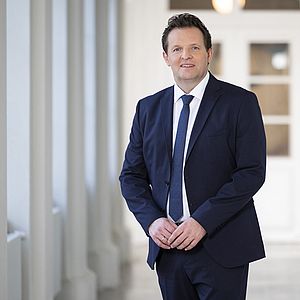Teachers at Academic Secondary Schools - Recognition See explanation of the designation of:
Conditions
General information Explanation of this section
In the course of the procedure for recognition of professional qualifications the applicant's formal qualifications obtained in the EU/in the EEA/in Switzerland are examined to determine whether they fulfill essentially the legal requirements in Austria for teaching at academic secondary schools.
Requirements Explanation of this section
Completion of a teacher training program and where appropriate, the professional training that is required in addition to the post-secondary course
Deadlines Explanation of this section
There are no specific time limits.
Procedure Explanation of this section
The application to practise the regulated profession must be submitted either to the point of single contact or the Austrian Federal Ministry of Education, Science and Research. An application in connection with an application for advertised jobs can also be submitted online via the links of the Bilungsdirketionen (Boards of Education) in the section "Form". The Ministry of Education, Science and Research examines the application and makes a decision within four months after the date on which the applicant's complete file was submitted. The applicant can file an appeal against this decision to the federal administrative court within four weeks after the official service of the decision.
The proceedings determine if the formal qualifications of the applicant fulfill the legal requirements to pursue the relevant teaching profession. Furthermore it is determined whether or not the applicant is allowed to gain access to and pursue that profession in the state where the professional qualifications were issued. If the training of the applicant and the training required by Austria are substantially different the applicant can be subject to complete an adaptation period or to take an aptitude test. In so doing the applicant's professional experience or the knowledge, skills and competences acquired through lifelong learning are taken into account.
In case the professional qualifications were issued by a third country (neither EU-country nor EEA member country nor Switzerland), the applicants must usually submit their requests for the recognition to a university.
Required documents Explanation of this section
- Passport or identity card
- In the case of change of name: marriage certificate or other documents which are proof of the change of the name
- Certificates of competence or qualifications obtained in the EU/EEA area/in Switzerland showing the qualifications of the teaching profession and any additional professional experience required. Certificates of competency or proof of formal qualifications that have not been written in the official language German or in English must also be submitted with a translation by a court-appointed interpreter.
- Documents showing length of study and extent (Diploma Supplement/Diploma Supplement)
- Documents, if any, documenting the language skills required to practice in Austria
- Third-country diplomas recognized in the EU/EEA area/Switzerland, together with a certificate issued by the competent authority for at least three years' professional experience in that Member State
- Documents, if available, on acquired professional practice, which clearly show the applicant's job, or on the knowledge, skills and competences acquired through lifelong learning
- Certification that the exercise of the profession has not been temporarily or definitively prohibited and that no criminal record exists
- Additionally for third-country nationals: residence permit and proof of unlimited access to the labor market
Costs Explanation of this section
No fees
Responsibilities
Competent authority Explanation of this section
Austrian Federal Ministry of Education, Science and Research
Minoritenplatz 5
A-1010 Wien
E-Mail: berufsanerkennung@bmbwf.gv.at
Diploma recognition procedure for federal teachers (→ BMBWF)Gernan Text
Go to form Explanation of this section
Form Austrian Federal Ministry of Education, Science and Research
Online application
- Online Application – BurgenlandGerman Text
- Online Application – KärntenGerman Text
- Online Application – NiederösterreichGerman Text
- Online Application – OberösterreichGerman Text
- Online Application – SalzburgGerman Text
- Online Application – SteiermarkGerman Text
- Online Application – TirolGerman Text
- Online Application – VorarlbergGerman Text
- Online Application – WienGerman Text
Details
Legal basis Explanation of this section
- section 204 of the Beamten-Dienstrechtsgesetz 1979
- sections 38, 90d of the Vertragsbedienstetengesetz 1948


